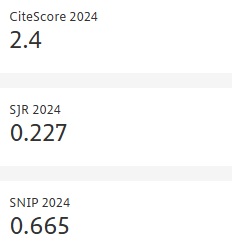Conformational Study of Synthetic Beta-Amyloid Peptide (25-35) Analogs
- Published: 24-06-2025
Share
Using the molecular mechanics method, the conformational properties of some synthetic analogs of the beta-amyloid peptide (25-35) have been investigated, with glycine substituted for serine, asparagine, lysine, and methionine at positions 26, 27, 28, and 35, respectively. The conformational analysis of peptide analogs determines the conformational changes, inter-residue interaction energy contributions, and the structural role of each substituted residue in the stable conformations of these synthetic biologically active and nonactive analogs. The calculated geometry and energy parameters indicate the structural role of each of these substituting amino acids in the mechanism of low-energy conformational state folding of the beta-amyloid peptide (25-35). Based on the calculated results and biological tests of these analogs, the structure-function relationships of the beta-amyloid peptide (25-35) are discussed.
- View 505
- Downloads 64
- Saveds 0
- Citations (Crossref) 0


